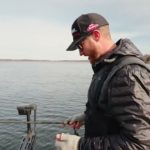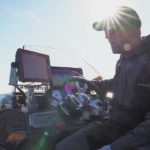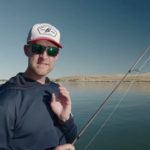Walleye Fishing – Competing Against a Worthy Adversary
For most of us, thinking of fishing and competing conjures up thoughts of derbies and tournaments and the rivalries between anglers. But the true competition, the contest that really makes fishing the amazing sport it is, is the battle between the angler and the fish he or she is after. Analyzing your opponent, figuring out the right tactic and attempting to beat the fish in his own stadium; that’s the ultimate competition.
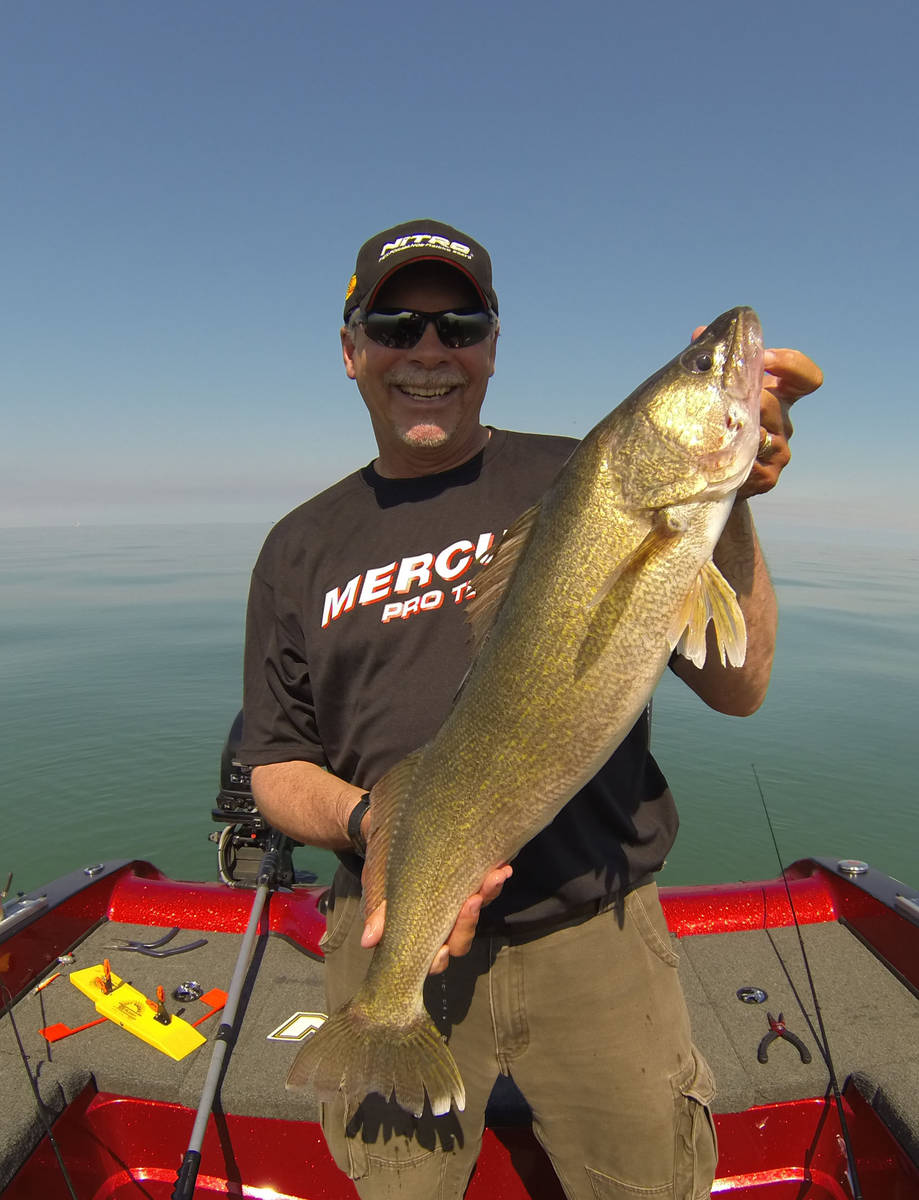 Our friend and legendary angler Rick Clunn once put it like this, “Fishing can be compared to a golfer trying to put the ball in the cup while blind folded, and do it while the hole is moving.” That’s sort of what we do as anglers. We’re trying to hit a moving target we cannot see. But there’s even more to it. We’re up against a creature of nature, one that lives by a combination of wits and instinct. It’s all about making an educated guess of the fish’s location then trying to figure out what presentation will best fool that fish into taking our offering. Any one that says fishing is not a thinking man’s game doesn’t spend much productive time on the water.
Our friend and legendary angler Rick Clunn once put it like this, “Fishing can be compared to a golfer trying to put the ball in the cup while blind folded, and do it while the hole is moving.” That’s sort of what we do as anglers. We’re trying to hit a moving target we cannot see. But there’s even more to it. We’re up against a creature of nature, one that lives by a combination of wits and instinct. It’s all about making an educated guess of the fish’s location then trying to figure out what presentation will best fool that fish into taking our offering. Any one that says fishing is not a thinking man’s game doesn’t spend much productive time on the water.
So where does one begin in a quest to gain the advantage over the fish? To start with we strongly suggest you get an education. Oh, we’re not talking about the kind of education you get in school (although that helps), but spending time with your nose buried in a book or two definitely plays a part. Begin by educating yourself about the fish you choose to pursue. Learn all you can about its seasonal movements, forage preferences, preferred habitat, and general behavioral patterns.
Once you have a grasp of the fish’s basic nature, then you can move on to narrow the learning curve and find out all you can about how this knowledge relates to the fish in the particular systems you fish most often. When it comes to walleyes for instance, there will be regional differences in habitat and forage. Do you fish rivers or natural lakes? Are the lakes you fish fertile and weedy or are they dominated more by rock and complex bottom structure? These are the elements you need to decipher if you plan on competing against these all-too-illusive adversaries.
Next up in your lesson plan should be learning all you can about the all the various tackle, lures and techniques you’ll need to be familiar with to compete against the fish you’re targeting. Know what rods, reels and line are best suited to what presentations. Understand why one type of fishing line would be a better choice in clear water and another in dingy water. This can be quite daunting for a novice walleye angler as these fish are very adaptable creatures which mean they can be comfortable in a wide variety of locations, depths and water conditions. That means you’re going to need to know several different tactics and all the different gear it takes to present them effectively.
Now that you’ve filled your mind with all this know-how, the real work begins. You’ll discover very quickly that knowing how to catch fish and actually catching them are two very different things. Next lesson is finding fish, because as blatantly obvious as it may sound, you can’t catch fish if you can’t find them. It’s amazing how many anglers don’t completely grasp this simple concept, spending their precious time on the water fishing memories, good looking areas and “hot tips”, rather than taking the time to find out if there are actually fish in the vicinity.
We’ve all heard the phrase “ninety percent of the fish live in ten percent of the water”. It’s true, but finding that ten percent of any given body of water on a given day (or even a given hour) is not nearly as simple as it sounds. Fish, walleyes in particular, move around …. Sometimes they move a lot! It may be a change in the weather, the wind, or just their mood, but certain things cause fish to move from one spot to another. It’s that “moving target” factor mentioned earlier. Here is where you learn to use technology to help equalize the playing field that is otherwise slanted so greatly in favor of the fish.
If you’re going to get serious about competing against a finely evolved predatory animal like a
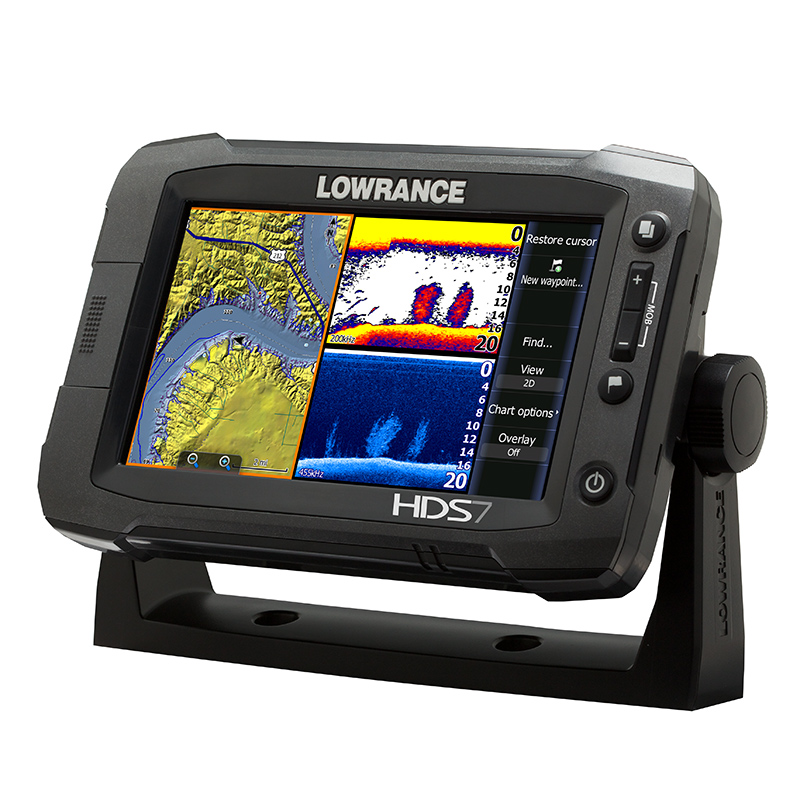
walleye, you are going to need to invest in some capable electronics. Sonar and GPS have become invaluable tools to anglers on the front lines of this angling competition. Remember, you’re playing field is the fish’s home. He knows every contour, every boulder, stump and weed bed. He knows what school of baitfish will be hanging off his favorite point and at what time of day they’ll be there. He knows everything about his home waters that you don’t. That’s why you need good electronics. So you can see into his world. You’ll want to equip yourself with good sonar and learn how to use it. Same goes for a GPS, to help you navigate, mark key spots and help you track fish movements and locations. State-of-the-art features in fish finding like Lowrance’s StructureScan can go a long way to making this part of the game even more productive for you. You need these tools to be competitive.
From here, time on the water will teach you the finer points of the game. Becoming familiar with your gear and knowledgeable in presenting baits comes with practice. But don’t stop the learning process. If you ever get to the point that you think you know it all, I assure you, the fish will throw you a curve ball. This is a competition like no other. Competing against a worthy adversary like the walleye will be rewarding, and it will be frustrating. You will gain a great respect and camaraderie amongst your fellow anglers and most of all a reverent respect for the fish. Chances are you’ll learn a lot about yourself as well and truly understand what it means to be ready for your Next Bite.


